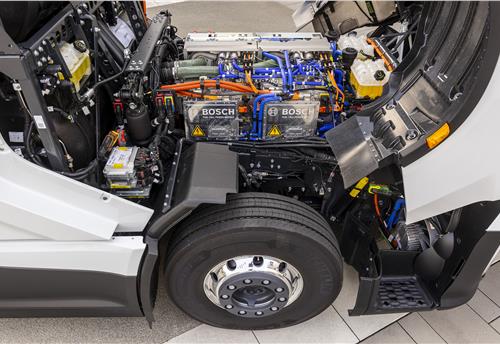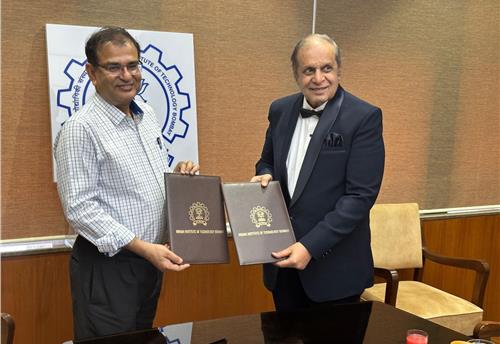Commercial vehicle sales set to touch new peak in FY2018
The Indian CV industry last saw robust growth in FY2012 when it sold 809,5322 units (+18%). But growth petered out after that and it's only now that the good times have returned. A detailed analysis.
When the commercial vehicle industry does well, it spells good times for a country’s economy. And that’s just what’s happening in India with most CV OEMs posting handsome growth month on month, accelerating into growth lane. To briefly put it, the Indian CV industry is well poised to record its best sales since 2011-12, when it had sold 809,532 units (+19.30%).
In the first 11 months of FY2018, the industry has sold 747,774 units (+19.30) and will surpass the 2011-12 total with ease. This smart uptick in sales numbers has come about due to the overall improved market sentiment, higher infrastructure spend, demand from the mining segment, rural India’s improved fortunes, the emergence of the e-commerce segment as a growth driver, and GST which has cut down state barriers and enabled speedy countrywide transportation.
With only March 2018 left to close the fiscal and the target to beat the 2011-12 total just 61,758 units away, and the average of the past three months sales between 75,000-80,000 units, get set to learn of the new record posted by the Indian CV industry soon.
The CV industry’s cyclical nature of growth is well known. After hitting the all-time high of FY 2011-12, the industry came under pressure resulting in a steady fall. In FY2012-13, it sold 793,150 units, down about 2 percent of its previous years. In FY2016-17, sales collapsed to their lowest since all the high to 511,658 units.
Key factors that have led to sterling growth
While there are several factors (enumerated above) that have contributed to the robust growth this fiscal, regulatory steps like the introduction of BS IV emission norms from April 1, 2017, implementation of GST and stricter enforcement of overloading across the country has resulted in fleet operators preferring rated loads, which is turn has driven demand for higher-tonnage trucks.
Also, with GST kicking in from April 2017, the productivity of trucks has increased significantly. Fleet operators are looking for improved (read lower) cost of operation better which is achievable with higher-tonnage trucks. Similarly, the Voluntary Vehicle Fleet Modernisation Programme (V-VMP) policy which proposes to bring under its purview vehicles bought on or before March 2005 will see medium and large fleet operators going for replacement of their fleets, thereby spurring demand. Industry sources indicate that the approximate number which could benefit from the scrappage policy is likely to be 2-3 times of the total industry size over the next 2-3 years.
Demand grows for high-tonnage trucks
The shift in fleet operator mindset and buying of high-tonnage trucks –from the earlier 25T multi-axle to 31T and 37T trucks – is facilitating higher productivity and better turnaround time. And thanks to GST, the ubiquitous checkposts in virtually every state in the country have disappeared, resulting in higher utilisation of trucks significantly.
2011-12 saw more trucks being built than in FY2018 but the number of axles has gone up by almost 35 percent. Today's trucks are two-and-a-half times the trucks made a decade ago as their tonnage has gone up considerably. Buoyant sales of multi-axle rigid trucks in the past few years is reflective of this trend. The 37T segment, in particular, has seen rapid expansion with the category with growing by over 30 percent YoY. Ashok Leyland clearly has an edge in this segment with the highest market share in the segment.
Considering this trend, manufacturers are further pushing the boundaries with the 40T rigid truck. Tata Motors has unveiled the 4323, India’s first six-axle rigid truck with a 30-tonne payload, the highest in the CV market. Ashok Leyland and VE Commercial Vehicles are reportedly conducting trials for their trucks to enter this burgeoning segment where the next slice of action is likely to happen.
OEMs shift gears
Key truck manufacturers including Tata Motors, Ashok Leyland, VE Commercial Vehicles, Mahindra & Mahindra and Daimler India Commercial vehicles are working hard to address the growing demand, this is evident from their strong double-digit recorded by all the truck makers during 11-months of this fiscal year.
For April-January 2017-18, in the overall CV segment, Tata Motors with total sales of 329,986 units has recorded growth of 21.5 percent (April-February 16-17: 271,404 units). Commanding a 44.13 percent market share, the company remains the single largest player. Mahindra & Mahindra, riding on its strong performance in the pick-up segment, remains the second largest player but it is now aggressively challenging the established players in the M&HCV segment to become the third largest player. Between April-February 2018, Mahindra Truck and Bus sold 191,307 units to register robust growth of 21 percent (April-February 2016-17: 1,57,840 units).
Ashok Leyland, the second largest M&HCV player, is the third largest player in the overall CV industry with a market share of 18.33 percent. The Chennai-based company sold 137,079 units in the same period, growing by 18 percent.
VE Commercial Vehicles, which is strong in the light and medium duty truck, is pushing hard in the medium and heavy commercial vehicle segment with a number of new product launches. During April-February 2017-18, the company sold 47,892 units with growth of 11 percent for a market share of 6.4 percent. VECV, which is currently selling close to 7,000 trucks per month, is operating at full capacities of 7,000-8,000 trucks per month, and given the higher sales the company is de-bottlenecking its products to further increase production.
Take a close look at the 7-year sales data given below and you will realise the Indian CV industry is poised to notch an all-time high sales figure this fiscal. The superior sales in FY17-18 is a clear boost for the manufacturers as the industry is aflush with overcapacity, resulting in heavy discounting by some manufacturers to clear high inventory levels. Despite record sales this year, it appears that the discounting game has not yet stopped completely. It is expected the current buoyancy in sales is likely to continue in Q 1 of FY2019; Q1 FY2018 was weak due to the migration to BS IV and then moderating to reasonable double-digit growth.
It's going to be a busy last fortnight of March 2018 as fleet buyers rush their orders and OEMs look to make deliveries. But few will worry because the CV industry is finally seeing good times after a 6-year hiatus. May the good times continue.
Also read: Mahindra Truck & Bus builds team to realise aggressive growth plans in India
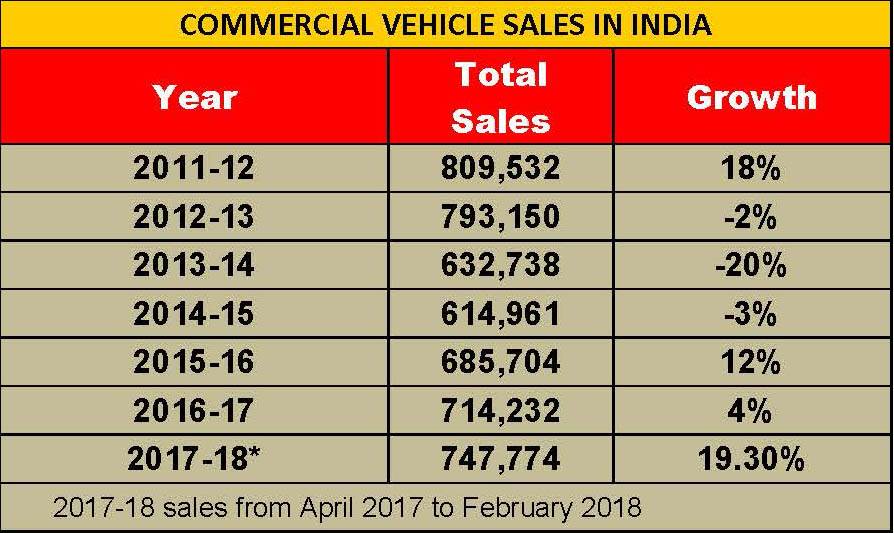
RELATED ARTICLES
Tata Elxsi-Renesas MCU for EVs enables cost optimisation, speedier time to market
Modular, scalable design of Motor Control Unit enables integration across diverse EV applications. Claimed to be reduce ...
Bosch hydrogen engine tech-powered truck to be on Indian roads this year
The global supplier of technology and services is betting big on both electromobility and hydrogen. While announcing the...
IIT Bombay inaugurates Arun Firodia Research Floor
IIT Bombay, one of India’s top technical and research institutions, honours Kinetic Group chairman Dr Arun Firodia, one ...





 17 Mar 2018
17 Mar 2018
 25691 Views
25691 Views



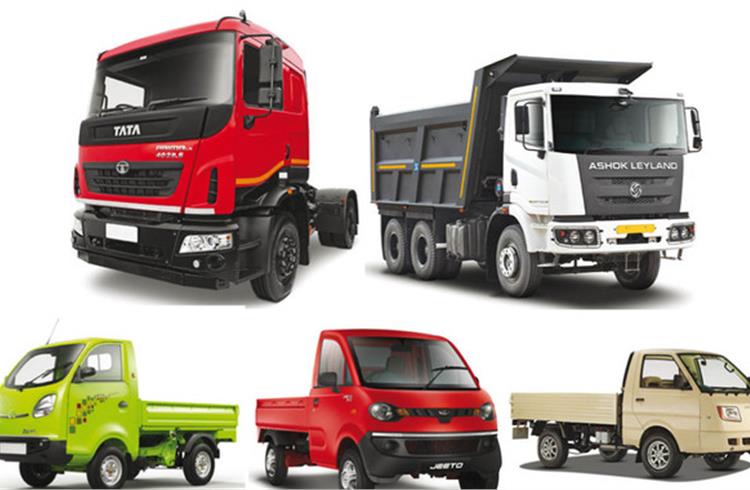
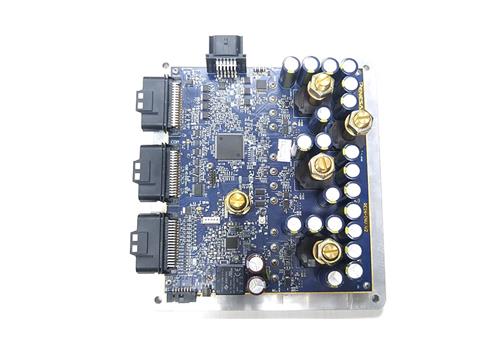
 Autocar Pro News Desk
Autocar Pro News Desk

